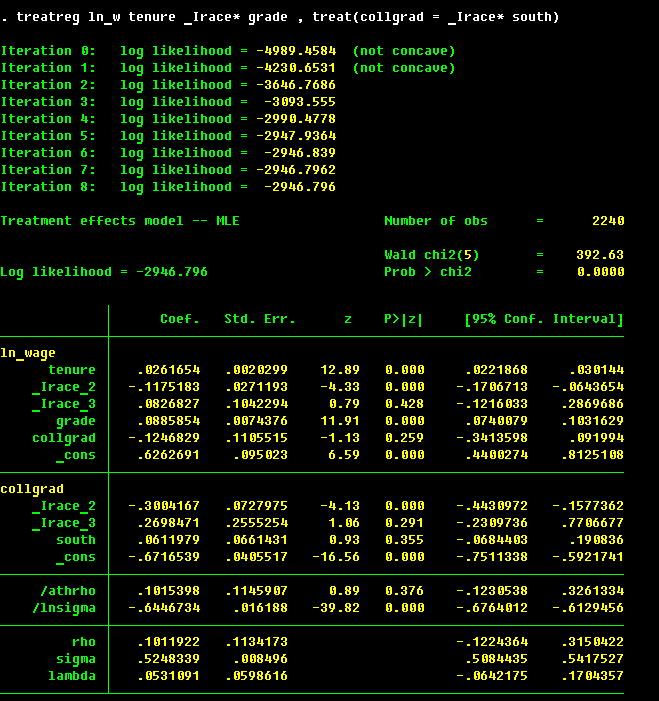

Logistic Regression Examples Using the SAS System, Version Thompson, ed., Advances in social science methodology, The Analysis of Cross-Classified Categorical Data. Range of influence in logistic regression.

Stata glm software#
In SAS, or consider other models and alternative software packages. consider our analysis of matched data, or use NLMIXED There are ways around these restrictions e.g. with options to vary the three components. Often one procedure in a software package, e.g.Tests, Deviance, Residuals, Confidence intervals, Overdispersion. All the inference tools and model checking we discussed for logistic regressionĪnd loglinear models apply for other GLMs too e.g., Wald and Likelihood ratio.Likelihood estimation thus optimal properties of the estimators. The choice of link is separate from the choice of random component thus have.Not need to transform the response Y to have a normal distribution 118Īdvantage of GLM over Traditional Regression S, and β 3 is equivalent to β j for two levels of B. Section B of Lesson 5, where β 1, β 2 are equivalent to β i for three levels of 3.3, Agresti (2002), SectionĤ.3 (for counts), Section 9.2 (for rates), and Section 13.2 (for random effects)Īnd the logit model for boy's delinquent status is For more on poisson regression models see the next section of This ties in with the discussion in the Section B of Lesson 5.Įquivalent to poisson regression model when all explanatory variables areĭiscrete. Scout data and the homogeneous model (DS, BS, DB), and see once again how some logit models with only categorical variables.

Model, you can construct the logits to help with the interpretation of the if you have a binary response variable in the loglinear.consider the admissions data example or boys scout More general than logit models, and some logit models are equivalent to certain They are related in a sense that the loglinear models are Systematic component: Xs are discrete variables used in cross-classification,.Random component: The distribution of counts is Poisson.Model the expected cell counts as a function of levels of categorical (can be continuous, discrete, or both) and are linear in the parameters β 0 + β x i +. Systematic component: Xs are explanatory variables.Has a normal distribution, and generally we assume e i ~ N(0, σ 2).Ĭomponent: X is the explanatory variable (can be continuous, discrete, orīoth) and are linear in the parameters β 0 + β x i Random component: Y is a response variable and.Simple Linear RegressionĪ continuous response variable depends on a set of explanatory variables. η = logit(π) for logistic regression.ĭetailed discussion refer to Agresti(2007), Ch. It says how the expected value of the response relates to the linear predictor Η or g(μ) - specifies the link between random and systematic components. β 0 + β 1 x 1 + β 2 x 2 as we have seen in logistic regression. X k) as a combination of linear predictors Į.g. Random Component – refers to the probabilityĭistribution of the response variable (Y) e.g.Include linear regression, ANOVA, poisson regression, etc. Of models known as generalized linear models (GLM). The logistic regression model is an example of a broad class Let's look at the basic structure of GLMs again, before studying a specific example of Poisson Regression. But a Latin proverb says: "Repetition is the mother of study" ( Repetitio est mater studiorum). We saw this material at the end of the Lesson 6. Beyond Logistic Regression: Generalized Linear Models (GLM)


 0 kommentar(er)
0 kommentar(er)
